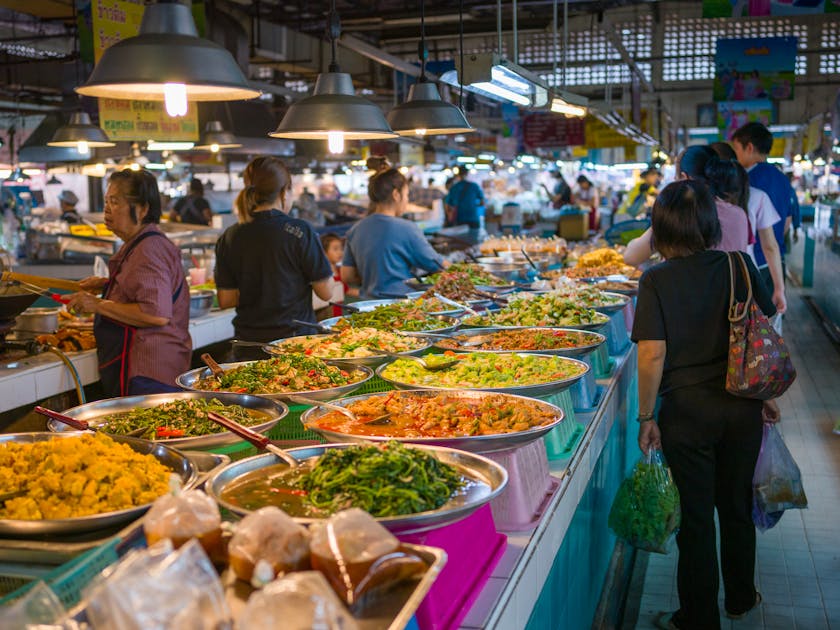If you’re considering once-a-month cooking to streamline your meal prep and ensure you have essentials ready in times of need, understanding the art of bulk meal storage for emergency preparedness is crucial. In this comprehensive guide, we’ll explore the steps to safely store your meals, keeping nutrition and flavor intact.
The Importance of Bulk Meal Storage
When emergencies strike, having a well-stocked pantry can make all the difference. Bulk meal storage isn’t just about convenience; it’s about creating a safety net for you and your family. Whether it’s a natural disaster, power outage, or unexpected quarantine, having meals at the ready can alleviate stress and provide sustenance when options are limited.
Selecting the Right Containers for Storage
The first step in bulk meal storage is choosing the right containers. Opt for airtight, BPA-free containers that can be sealed tightly to prevent moisture and pests from compromising your food. Glass jars, vacuum-sealed bags, and heavy-duty plastic containers are all excellent choices. The key is to ensure they are also suitable for freezing, as most bulk meal storage will involve keeping food at sub-zero temperatures to maintain freshness.
Organizing Your Meals by Type and Date
Once your meals are prepared, organizing them by type and date is essential for efficient storage. Label each container with the contents and the date it was prepared. This practice, known as the First In, First Out (FIFO) method, ensures that you use older meals first and keeps your inventory fresh.
Maximizing Freezer Space
To make the most of your freezer space, flatten bags before freezing and stack containers neatly. Consider using freezer shelves or bins to categorize meals by type – for instance, grouping all chicken dishes together. This not only saves space but also makes it easier to locate what you need without having to dig through stacks of containers.
Thawing and Reheating Stored Meals
When it’s time to use your stored meals, thawing and reheating them correctly is important for food safety. Plan ahead by transferring meals from the freezer to the refrigerator at least 24 hours before you intend to eat them. For reheating, ensure that meals reach an internal temperature of 165°F to kill any potential bacteria. Microwaves, ovens, or stovetops can all be used, depending on the type of meal and your preference.
Regularly Rotating Your Meal Inventory
Regular inventory checks are vital to maintaining a useful bulk meal storage system. Periodically rotate your stock, using up the oldest meals and replacing them with fresh batches. This not only ensures that your emergency supply remains up-to-date but also helps you identify what meals your family prefers, allowing you to adjust your cooking and storage plan accordingly.
By following these steps, you can master bulk meal storage for emergency preparedness and enjoy the peace of mind that comes with being ready for any situation. Remember to keep a diverse range of meals stored to cater to different nutritional needs and preferences, and you’ll be well-equipped for whatever challenges may come your way.



